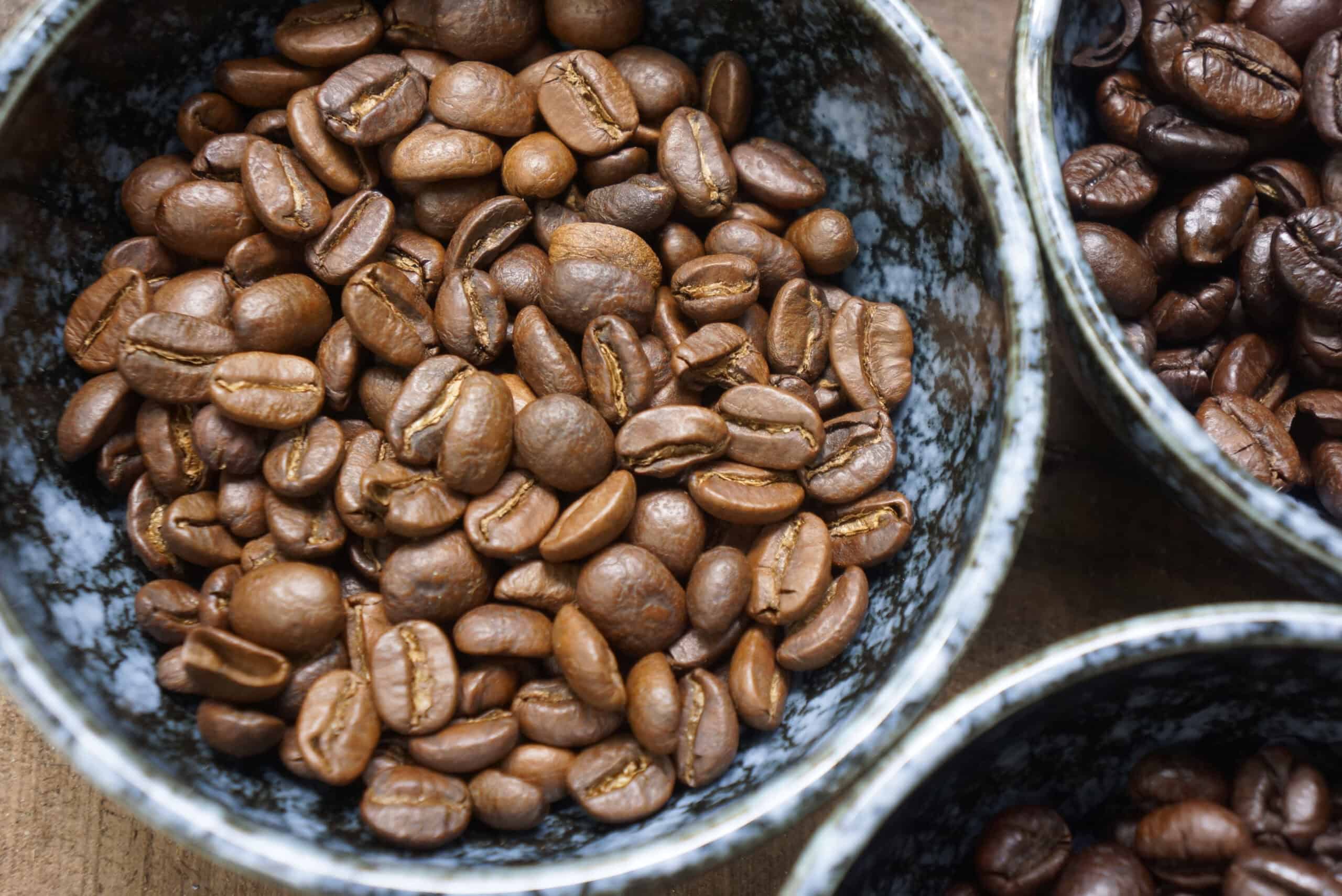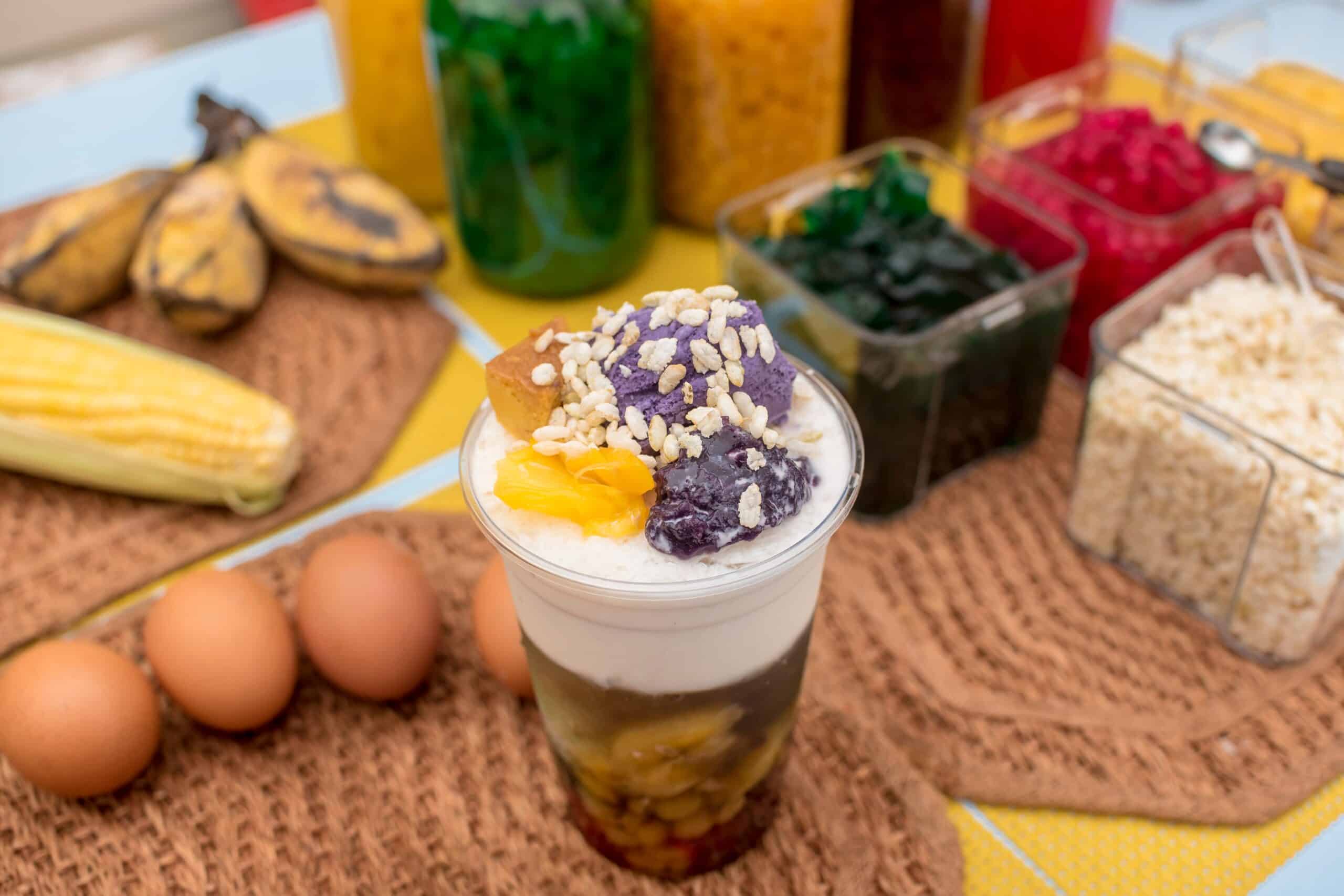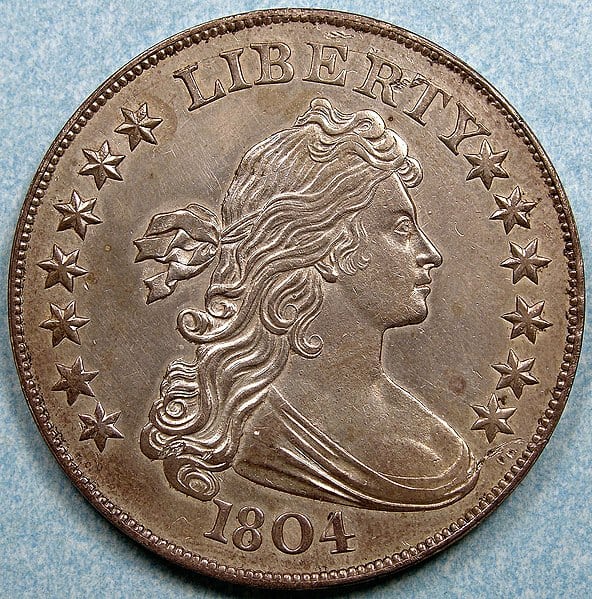Coffee lovers around the world savor the diverse flavors and aromas that different coffee bean varieties offer. From the widely recognized Arabica and Robusta beans to the rarer and more exotic types like Geisha and Mocha, each variety brings its own unique characteristics to the cup. Whether you’re a casual coffee drinker or a dedicated connoisseur, understanding these varieties can enhance your appreciation and enjoyment of this beloved beverage. Let’s explore 14 coffee bean varieties, ranging from the most common to the exceptionally rare, and discover what makes each one special.
Arabica
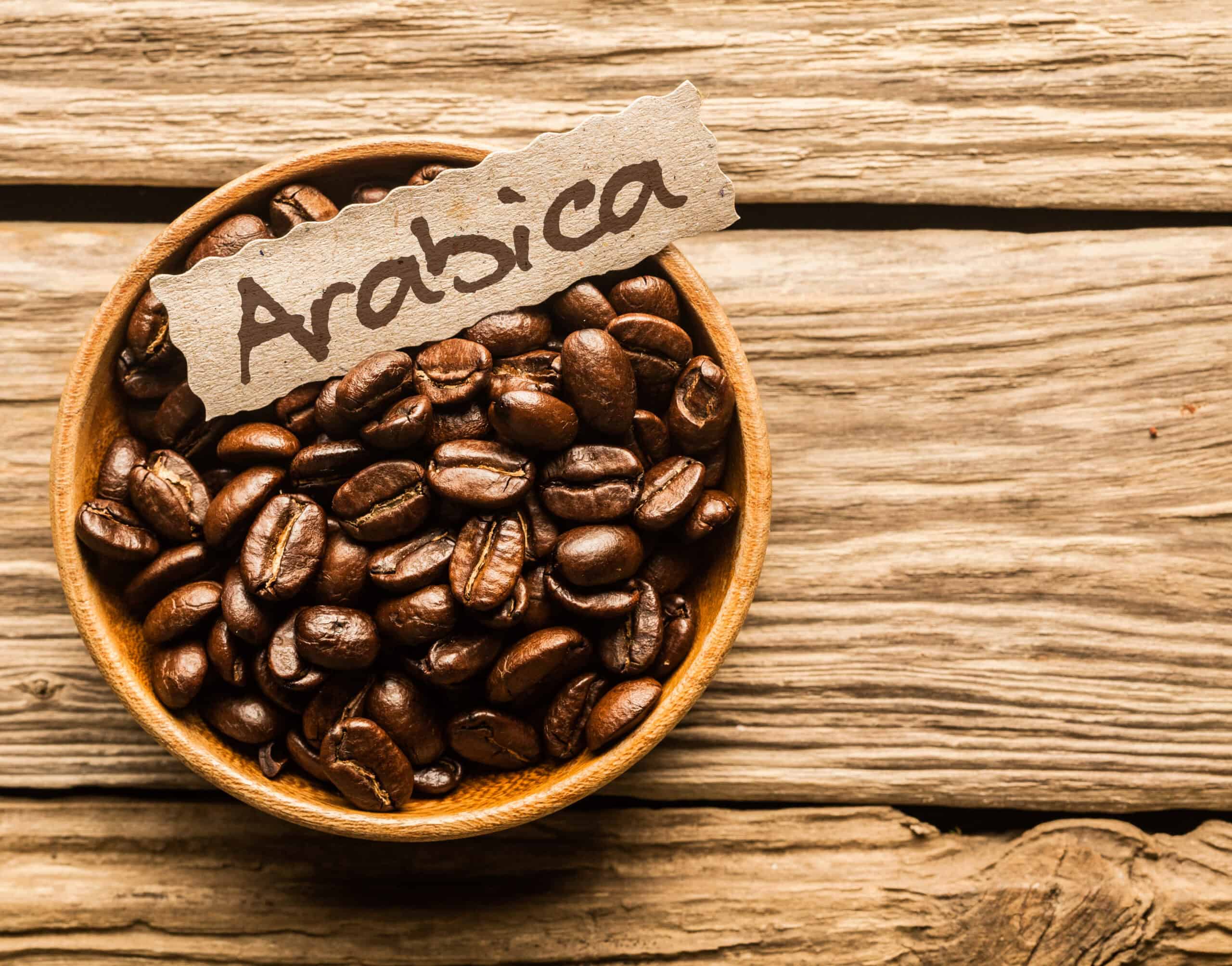
Arabica beans, originating from the highlands of Ethiopia, are renowned for their smooth, complex flavors and vibrant acidity. These beans are typically grown at high altitudes, which contributes to their nuanced taste profile. The majority of the world’s coffee production—approximately 60-70%—is composed of Arabica beans. Coffee aficionados often describe Arabica’s flavor as sweet and tangy, with undertones ranging from fruity and floral to rich and full-bodied.
Robusta
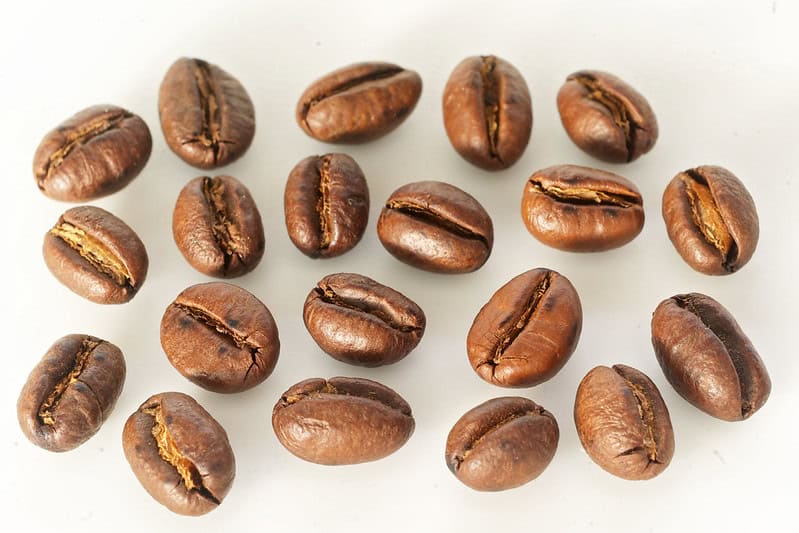
Robusta beans are known for their strong, bold flavor and high caffeine content, making them a popular choice for espresso blends. Primarily grown in Africa and Indonesia, these beans are more resistant to pests and diseases compared to their Arabica counterparts. The taste of Robusta is often described as earthy, nutty, and slightly bitter. This variety is also prized for its thick crema when used in espresso, adding depth and richness to the brew.
Liberica
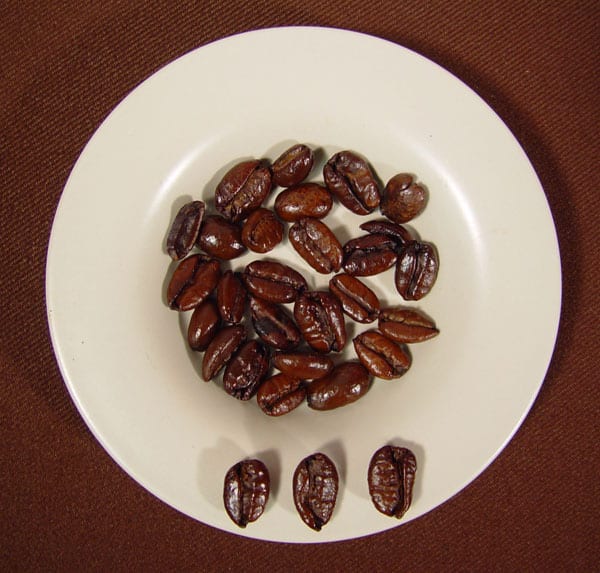
Liberica beans, native to West Africa, are unique in both size and flavor. Larger and more irregularly shaped than other beans, they offer a smoky, floral aroma and a full-bodied, woody taste. These beans are primarily cultivated in the Philippines and Malaysia. Liberica’s distinctive profile includes hints of dark chocolate and ripe fruit, appealing to those who seek a more adventurous coffee experience.
Excelsa
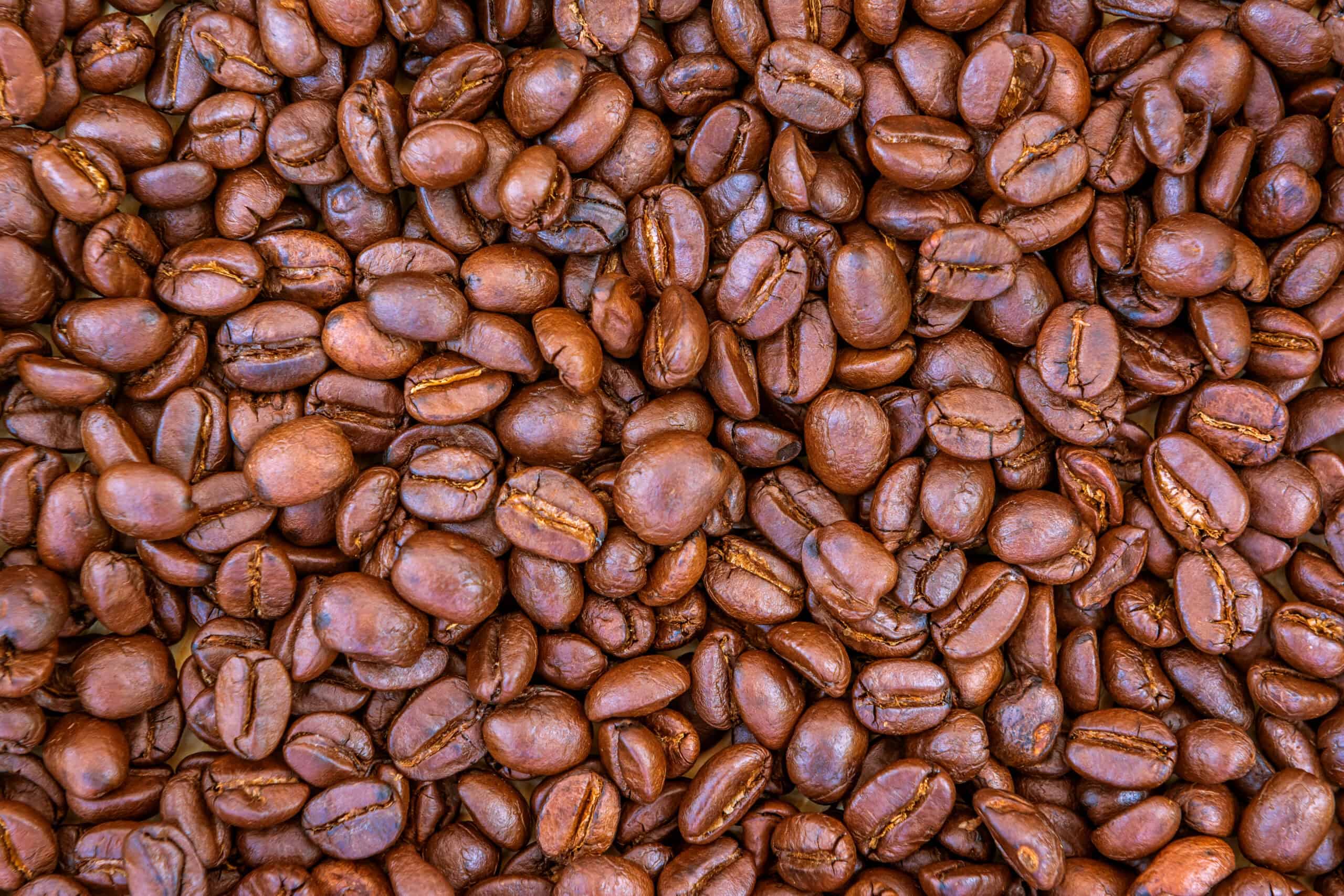
Excelsa, a variety of Liberica, is cultivated mostly in Southeast Asia and is prized for its tart, fruity flavor. These beans contribute depth and brightness to coffee blends, offering a unique contrast to more traditional varieties. Excelsa’s complex taste often features notes of dark fruit and a subtle, lingering aftertaste, making it a favorite among those who appreciate intricate flavor profiles.
Typica
Typica is one of the oldest and most widespread Arabica varieties, with origins tracing back to Yemen. These beans are renowned for their clean, crisp flavor and bright acidity. Typica coffee often exhibits floral and fruity notes, complemented by a smooth, well-balanced body. Predominantly cultivated in Central and South America, Typica serves as a foundational variety for many other Arabica cultivars.
Geisha

Geisha coffee, originally from Ethiopia, is celebrated for its extraordinary floral and jasmine-like aroma. These beans are now primarily grown in Panama, where they produce a cup with exceptional clarity and complexity. The flavor profile includes notes of tropical fruit, bergamot, and a tea-like finish. Geisha is highly sought after and often commands premium prices due to its distinctive quality and limited availability.
Pacamara
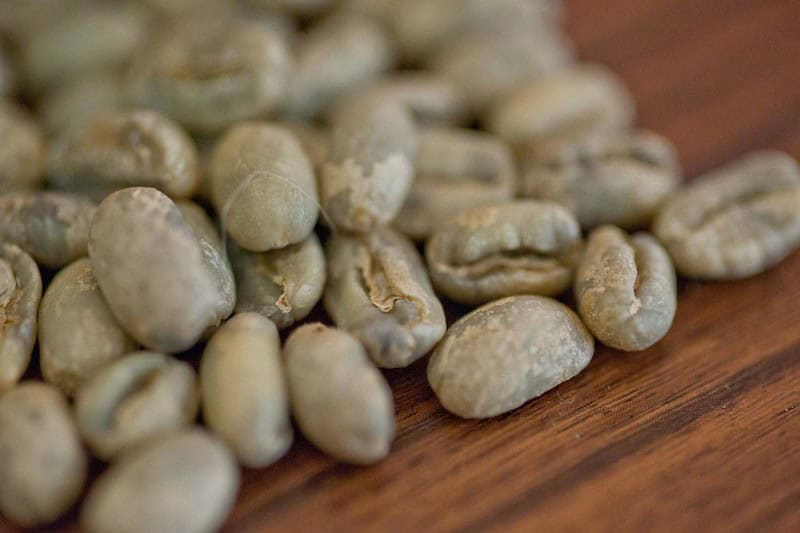
A hybrid of Pacas and Maragogipe varieties, Pacamara beans are renowned for their large size and unique flavor profile. Grown primarily in El Salvador, these beans offer a sweet, complex cup with notes of chocolate, citrus, and red fruit. The combination of high acidity and full body makes Pacamara a favorite among specialty coffee enthusiasts.
Caturra
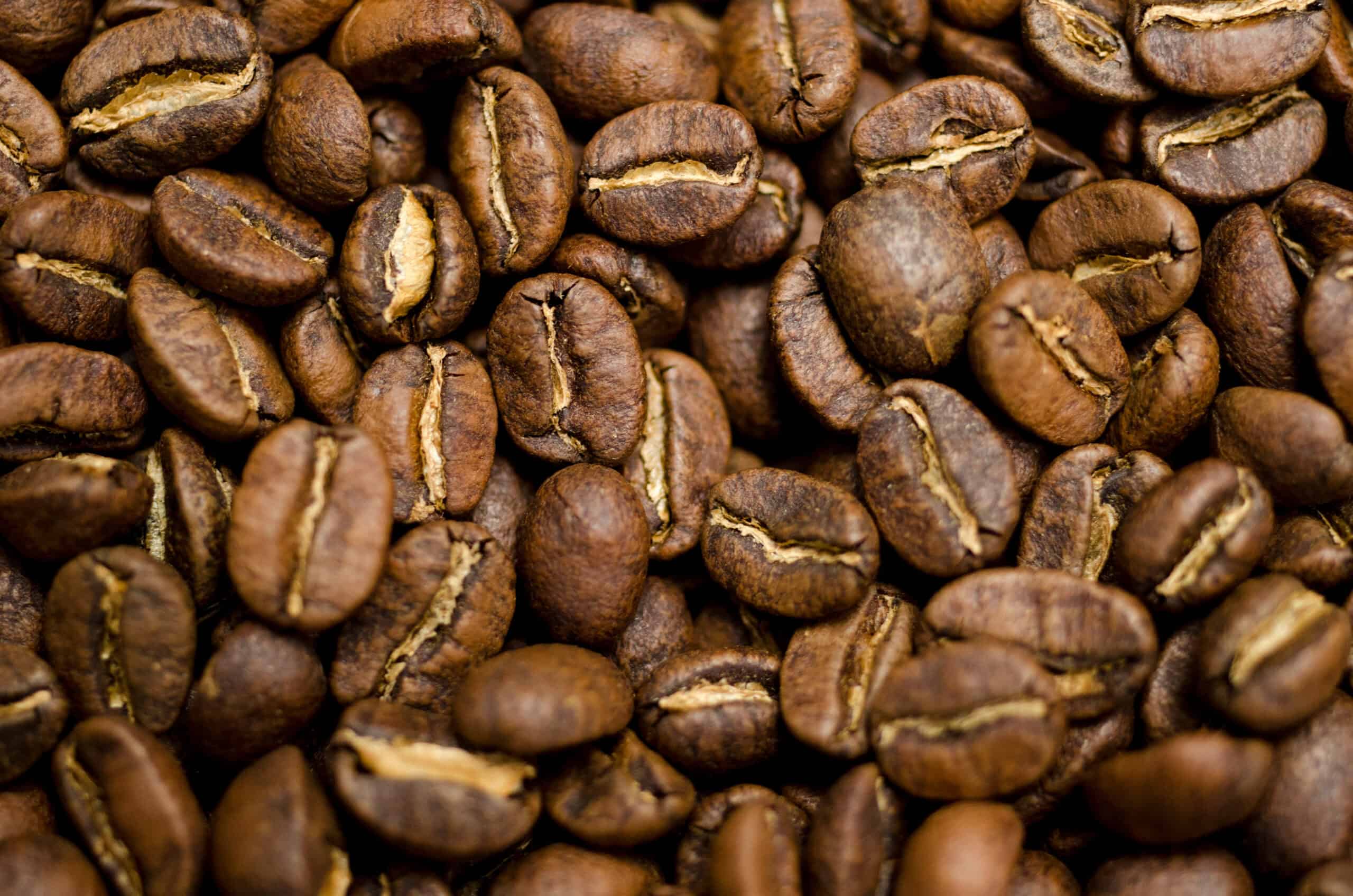
Caturra, a natural mutation of Bourbon, is a popular variety in Latin America. These beans are known for their bright acidity, medium body, and sweet, citric flavors. Grown at high altitudes, Caturra produces a clean, crisp cup with notes of citrus and chocolate. Its compact growth habit and high yield make it a favorite among farmers.
Yellow Bourbon
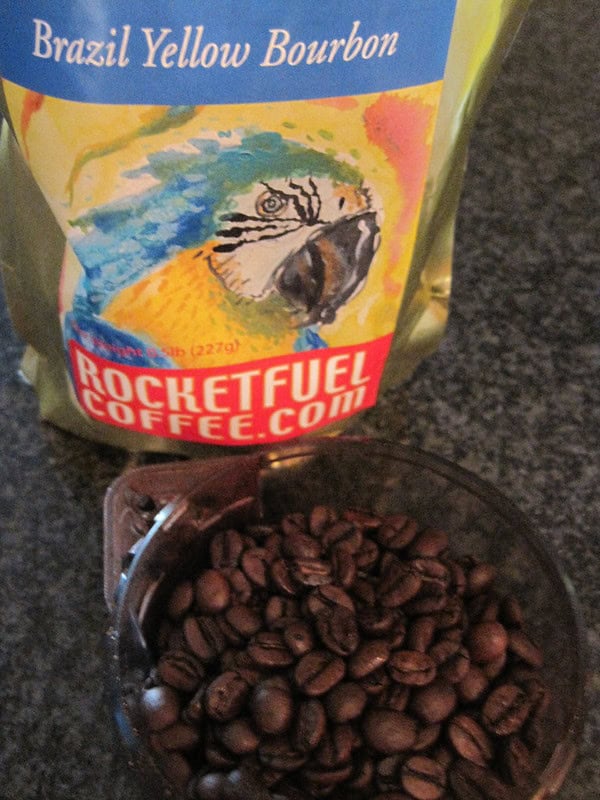
Yellow Bourbon, a mutation of the Bourbon variety, is distinguished by its yellow cherries when ripe. These beans are grown in Brazil and offer a sweet, balanced cup with notes of caramel, nuts, and tropical fruit. The unique yellow color and exceptional flavor make Yellow Bourbon a prized coffee variety among connoisseurs.
Maragogipe
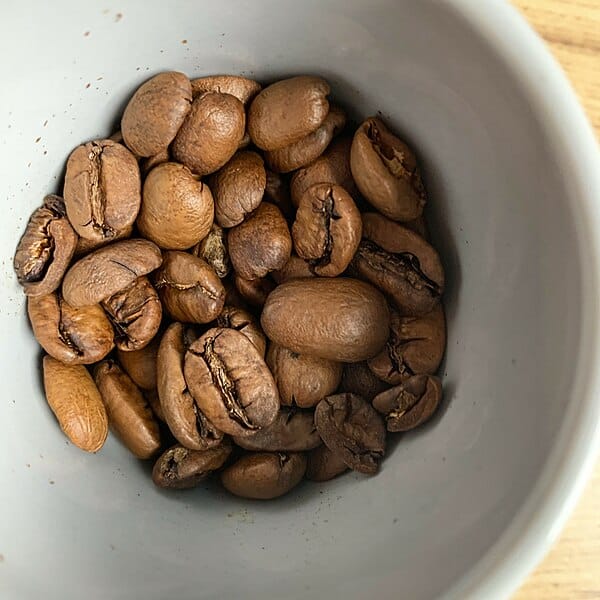
Maragogipe, also known as the “Elephant Bean” due to its large size, is a mutation of the Typica variety. These beans are grown in Brazil and Central America and produce a mild, delicate cup with floral and fruity notes. The distinctive size and subtle flavor profile make Maragogipe a unique and sought-after coffee variety.
Java

Java coffee, originally from the Indonesian island of Java, is known for its full body and rich, earthy flavors. These beans often exhibit notes of dark chocolate, spice, and a hint of smokiness. Java coffee is typically low in acidity and provides a smooth, balanced cup, making it a favorite for blending with other varieties.
Blue Mountain
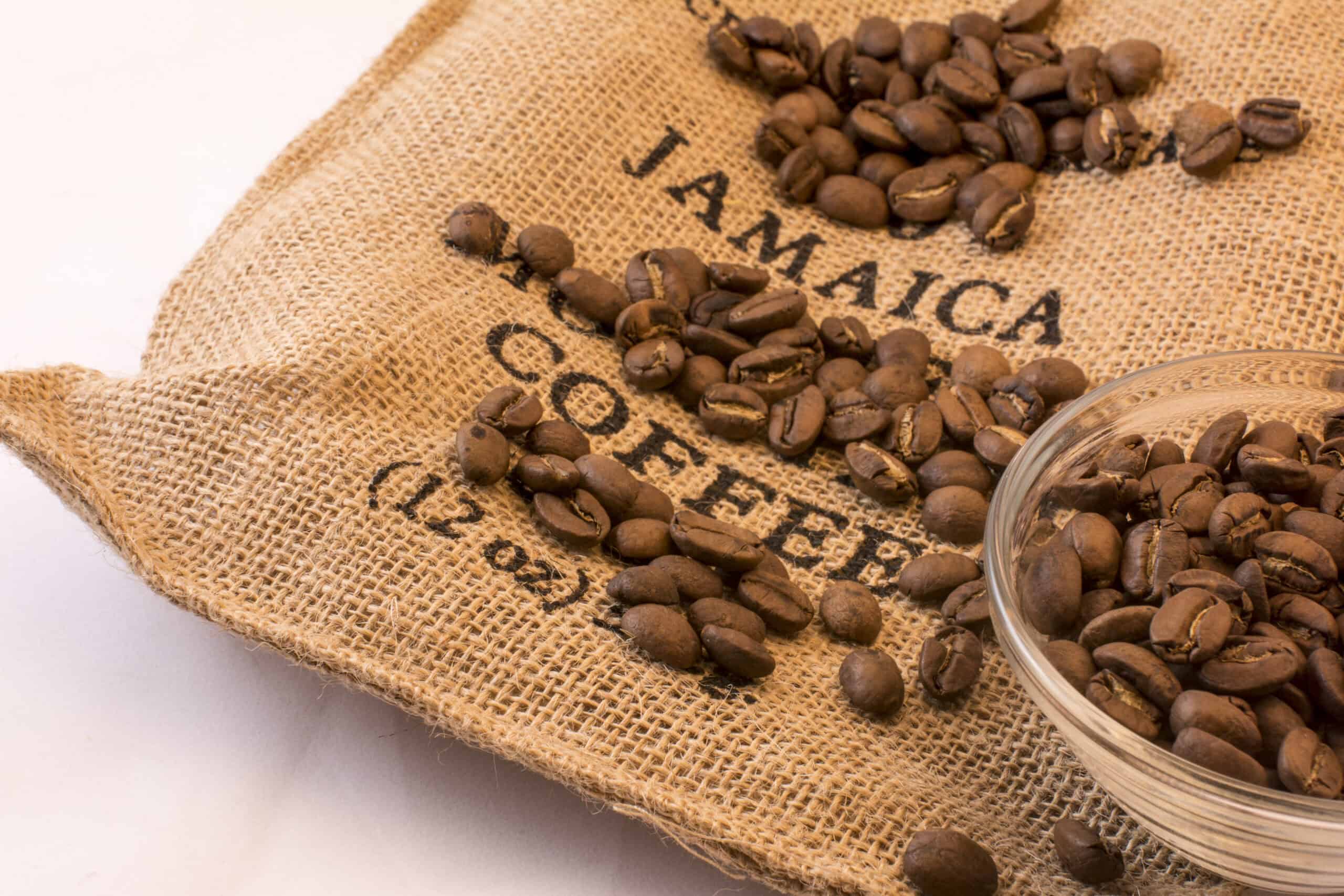
Blue Mountain coffee, grown in the Blue Mountains of Jamaica, is renowned for its mild, smooth flavor and lack of bitterness. These beans offer a balanced cup with notes of floral, nutty, and spicy undertones. The unique growing conditions and meticulous cultivation practices contribute to Blue Mountain coffee’s high quality and premium status.
Catimor
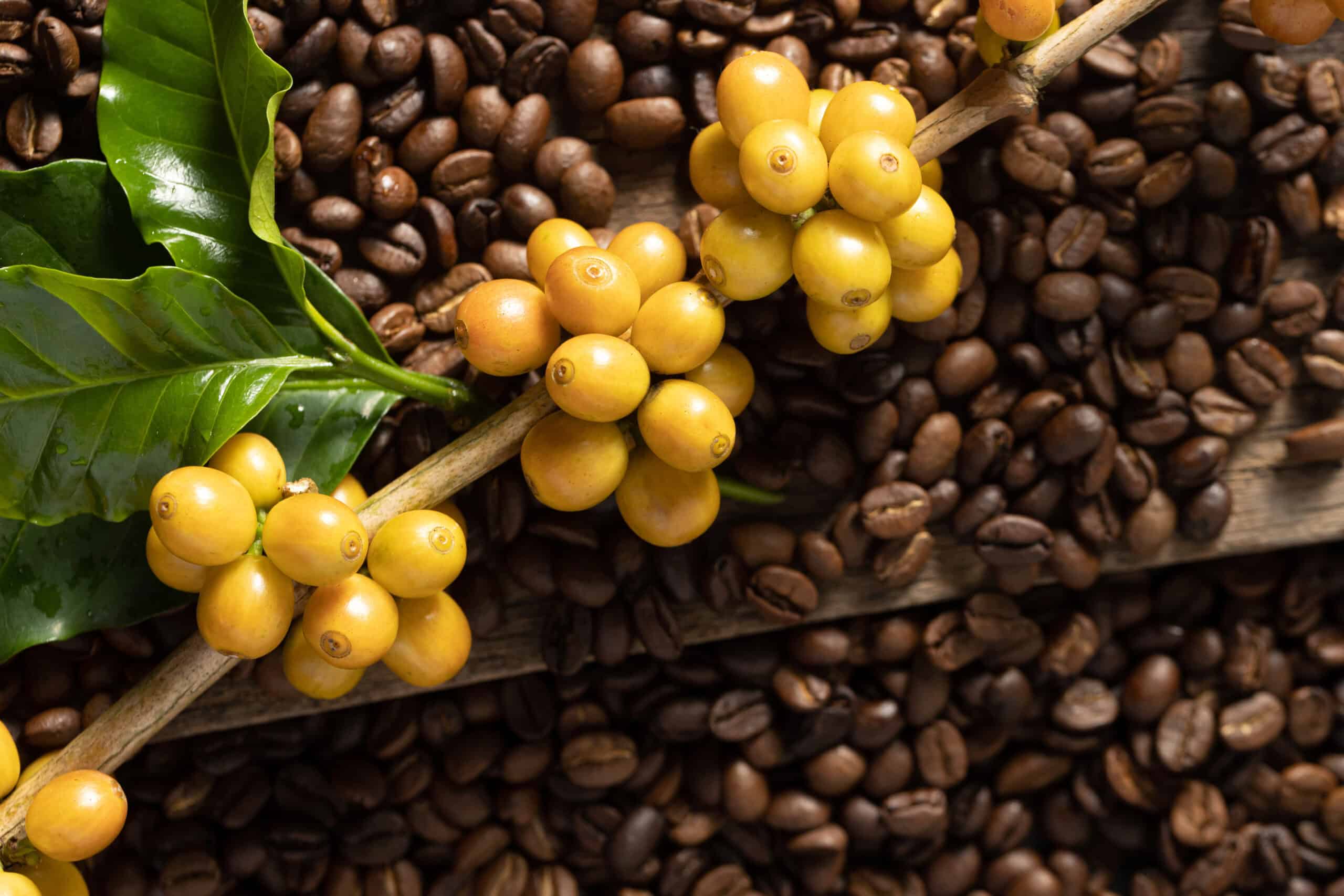
Catimor, a hybrid of Timor and Caturra varieties, is valued for its disease resistance and high yield. These beans are primarily grown in Central and South America and produce a cup with a bright acidity and complex flavor profile. Notes of fruit, nuts, and chocolate are commonly found in Catimor coffee, making it a popular choice for specialty coffee blends.
Mocha (Yemen)
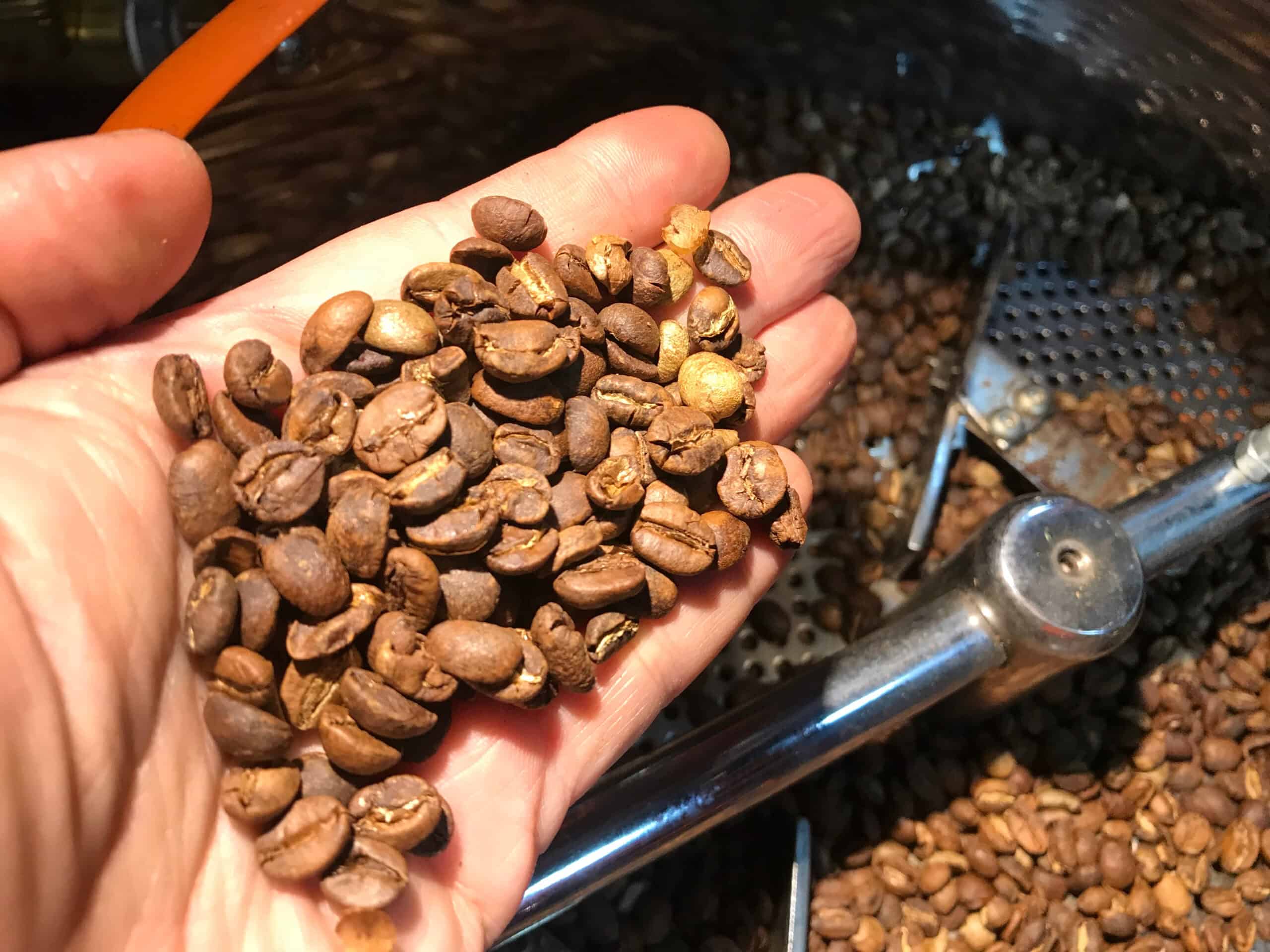
Mocha coffee, originating from Yemen, is renowned for its distinctive, winey flavor and rich, chocolatey undertones. These beans are small, round, and often irregular in shape, producing a cup with intense complexity and bright acidity. Mocha coffee’s unique taste and historical significance make it a treasured variety among coffee aficionados.
This article originally appeared on Rarest.org.
More From Rarest.Org
Street food offers a unique glimpse into the culinary traditions and flavors of different cultures around the world. From savory snacks to sweet treats, these dishes are often enjoyed by locals and tourists alike, providing a taste of authentic, local cuisine. Read more.
Collecting antique coins is a captivating hobby that offers a glimpse into the past, blending history, artistry, and rarity. Among the vast array of coins, some stand out for their extreme scarcity and fascinating stories. Read more.
Nature is full of surprises, presenting us with extraordinary phenomena that challenge our understanding and ignite our sense of wonder. From luminous skies to mysterious geological formations, these natural wonders offer a glimpse into the planet’s incredible diversity and complexity. Read more.

